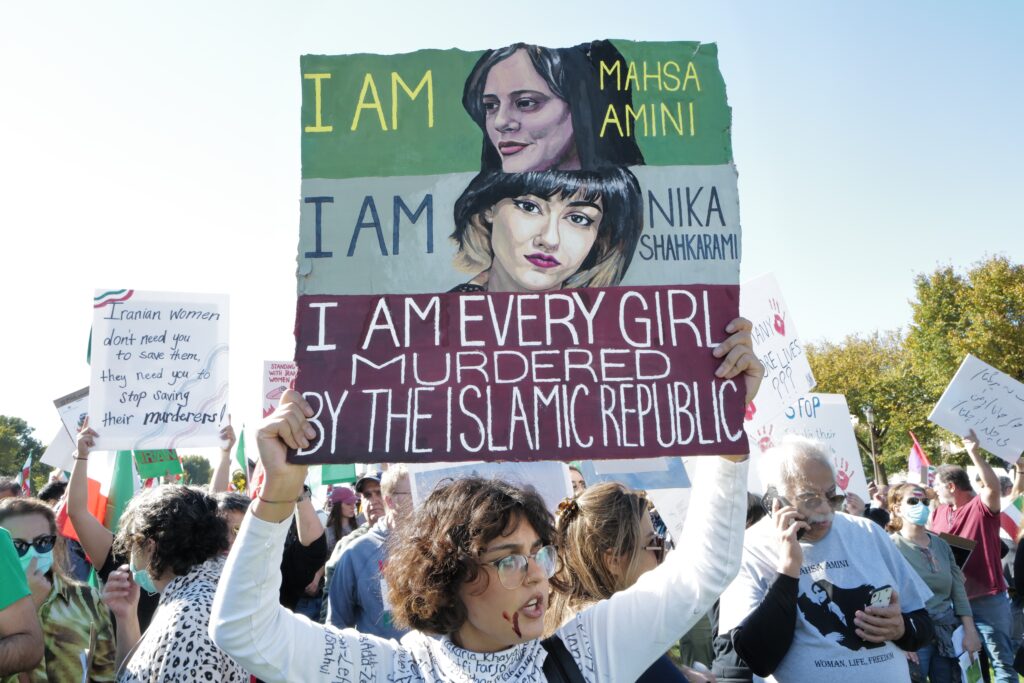
When it comes to personal spending, Midwesterners’ spending ranged between $49,558 per capita in Illinois to $41,758 per capita in Iowa. Residents of states bordering the Great Lakes are also known to pay more than the average U.S. Michigan saw the region’s highest growth in credit card usage from June 2021 to June 2022, at 10.94%. In Midwestern states, consumers’ credit card usage grew the second-fastest in the nation, behind only the Northeasterners. gg5795 // Shutterstock Credit card use in the Midwest Massachusetts led both the region and the nation with the highest personal consumption expenditure in 2021 at $58,532 per capita, according to the Bureau of Economic Analysis. Higher gas prices, which inflation and global crises have contributed to, can be particularly difficult for Northeastern consumers, who tend to pay more due to their distance from oil-producing states.

going into the pandemic, and were the second-highest regionally in June 2022, according to BLS data. Consumer prices in these states were already above average for the U.S. Northeastern states saw the lowest growth in consumer prices relative to other regions of the U.S. Alaska, South Dakota, and Wyoming were the only states where usage grew at a rate below 7%.

Americans were paying down more of their credit card debt-and more made payments on time, according to Federal Reserve data.Īt the end of June 2022, credit card usage was up more than 7% compared with the same period one year prior in nearly all states. The beginning of 2020 saw the onset of COVID-19 and the halt of social events, in-person dining and shopping, and other activities. Experian States with the highest credit card usage growth But spending habits picked up again in the fall, rising 0.8% in October, suggesting that shoppers may still be willing to spend heading into the holiday shopping season. economy could be slowing as consumers were pulling back and rethinking their budgets amid elevated prices. In July, consumer spending dropped by 0.2%, signaling that the U.S. Meanwhile, spending on personal and household goods and services jumped an average of 12.7% across 50 states and Washington, D.C., in 2021-a strong consumer rebound after a drop of 1.9% in 2020. Retailers, businesses, gas stations and service providers have raised prices over the past two years, seeking to make up for shortfalls in labor, hiccups in their supply chains, and increases in fuel prices as well as to grow their profit margins. In the third quarter, that rate has continued to tick upward, reaching 18.43% in August, according to the Federal Reserve.Ĭonsumers have also seen their purchasing power decrease. By the second quarter (Q2) of 2022, the average interest rate for a credit card issued by a commercial bank was 16.65%-a near return to pre-pandemic levels after dipping slightly at the end of 2021.
#PHIL PASQUINI SHUTTERSTOCK FULL#
With interest rates on the rise, consumers could feel a heavier burden if they don’t pay their full credit card balance each month. In fact, all 50 states and Washington, D.C., saw an increase in credit card spending compared with the prior year.

Regions that saw slower growth in consumer prices saw more growth in credit card usage, according to Experian and the U.S. Regional credit card usage was calculated by summing population-weighted state averages. Americans are increasingly borrowing money to cover their expenses as inflation continues to hit household budgets nationwide.Įxperian analyzed how credit card usage has changed in every state and compared it to regional inflation using data from the Bureau of Labor Statistics.


 0 kommentar(er)
0 kommentar(er)
